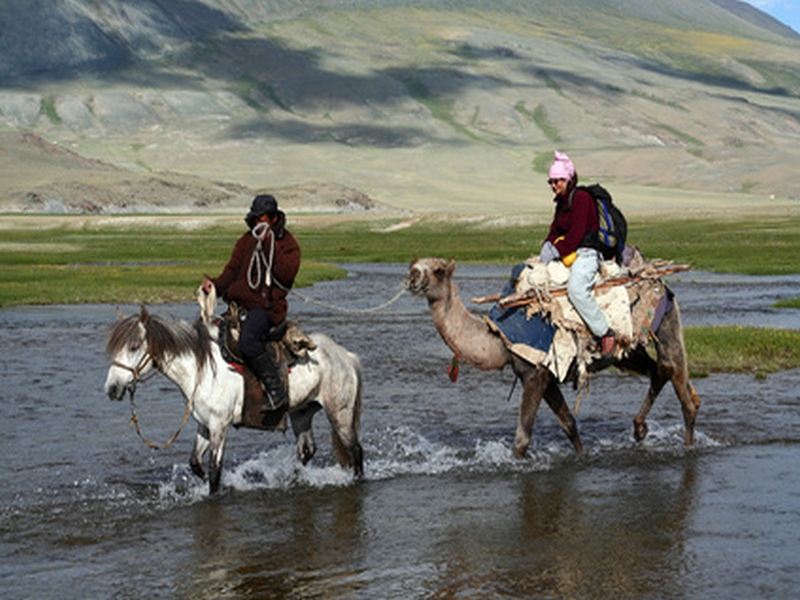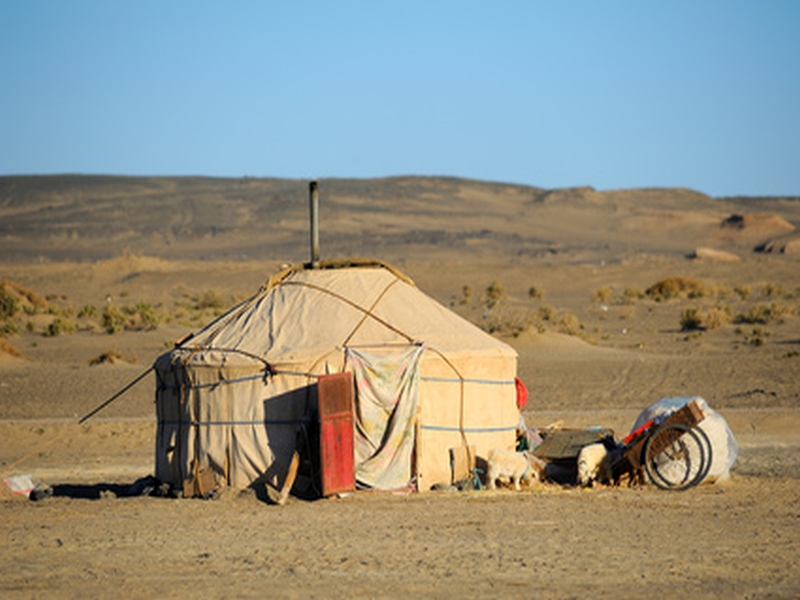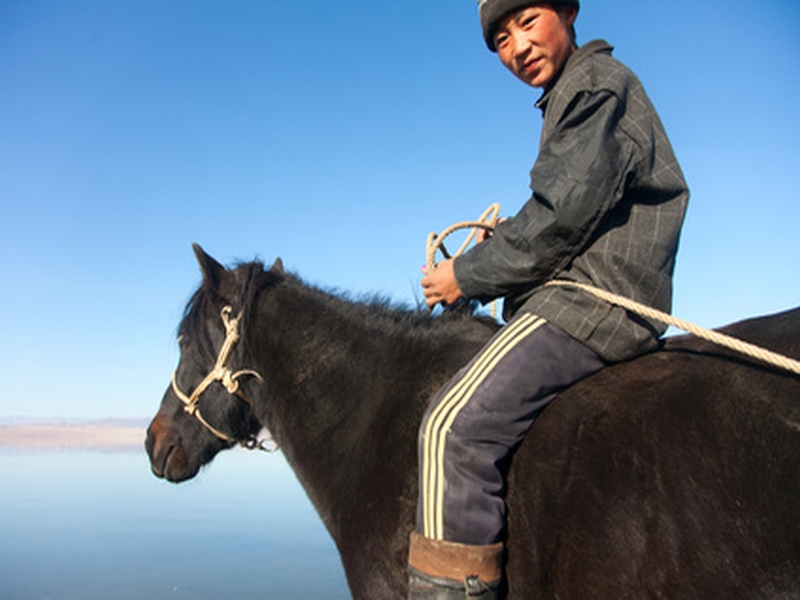Animal Protection
concerns us all!
We've done a lot ...
but there's so much more to be done!

We've done a lot ...
but there's so much more to be done!

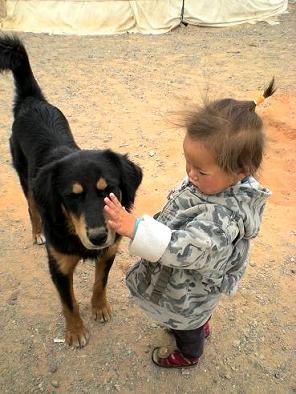
The Mongolians let their dogs run around freely without doghouses. They are used as shepherd dogs. They eat what's left from the family table, mostly bones. In mass slaughter in the fall or during festivals, parts are specifically saved for the dogs. Often the dogs get a soup cooked from remains. It is said one can always tell if a nomad family has a dog. You can see it in how clean the environment is. Most people who live on Hashaas (farms), also have a house in the city and a dog who protects it. Today you see dogs stray through the streets of the towns, rummaging through trash cans and cross busy roads. When they get close to a person, they are pelted with stones or yelled at. Street dogs are known to have rabies or other diseases and are literally wild. They grew up in the streets and obviously know how to survive there. They don't want to spread any diseases, even less bearing unwanted puppies, biting passersby or starve or freeze to death, or else die a slow, painful death behind a shipping container. Dogs in the yurt district, on the other hand, may roam the streets, mate, forage and stop traffic at will.
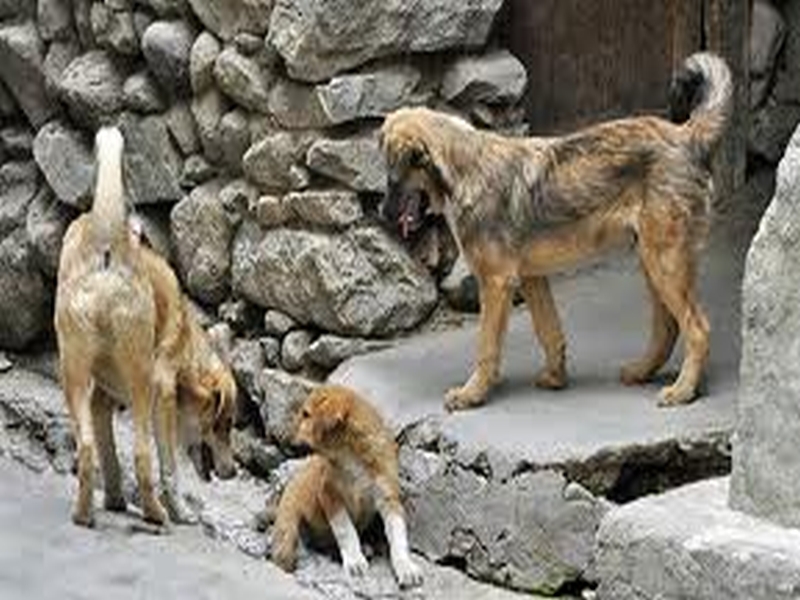
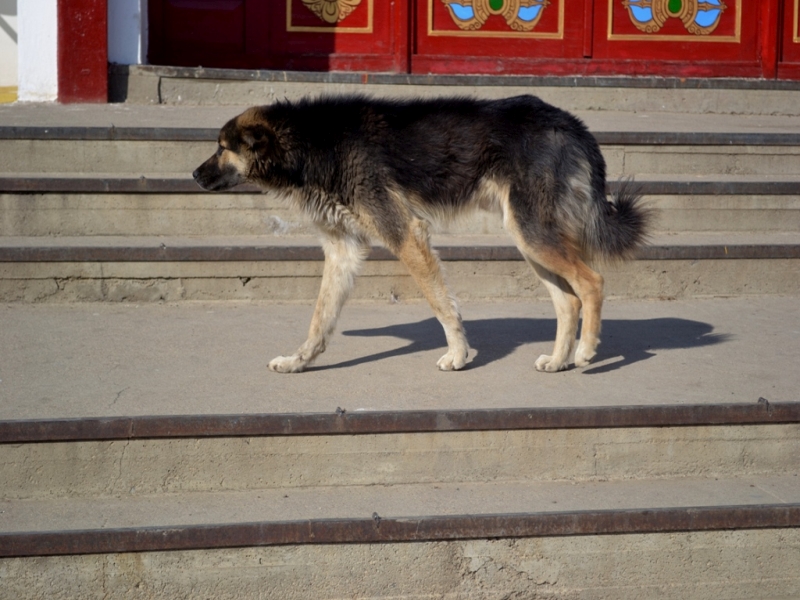
Hundreds of dogs are killed, and their leather and their fur are sold. Why? The Chinese manufacture warm winter coats and boots from dog fur. Dog hair is known to be the warmest and lightest fur. Each spring, up to 400 grams of soft undercoat are combed out of a dog. It is used for knitting socks in which the feet in winter are never cold. Some Mongolians operate illegal meat and leather trade. Dog meat is said to have a special healing effect, and it is often used in the treatment of lung diseases. Chinese and Koreans who live in Mongolia eat dog meat. There are other reasons for the killing of stray dogs. One of them is safety. It may happen that packs of hungry dogs hunt small children. Sometimes poison is placed in trash cans that the dogs shall eat. The City Development Company, in 2005 started shooting Street Dogs. At night, between midnight and 6 am, seven hunters are in action. Last winter, 17'000 dogs were killed. But the most extreme way to kill a dog of which I've heard, is the following: Prisoners are released for a day. They are given guns and are allowed to walk around in the city and shoot dogs. Animal rights were never a major issue in Mongolia. All animals fulfilled very functional tasks. Nobody ever cared for Street Dogs. There are no animal shelters; vaccinations are unavailable for months, and you will be frowned upon by some if you lead a dog on a leash. People are superstitiously afraid of cats, and many are abandoned or killed. I believe that the welfare of animals and humans belong together. The Mongolians have a strong connection to animals and respect them. "I am confident that our attitude towards the welfare of the city's animals will change in the course of our evolution to an urban society. I believe that the care and respect we are showing horses and sheep at the moment, will be extended to cats and dogs", says one of this country's animal lovers.
